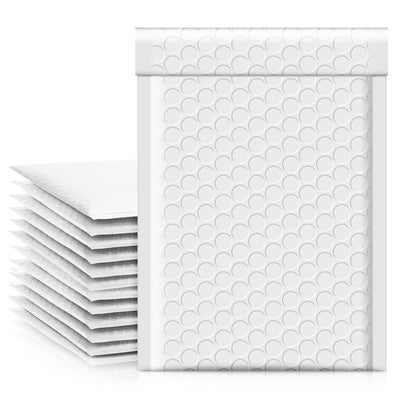Types Of Cardboard Used In The Packaging Industry
Understanding Different Types of Cardboard in Packaging
Cardboard comes in a variety of forms, thicknesses, and strengths, making it an incredibly versatile material for packaging. Not only is it lightweight and durable, but it also offers solid thermodynamic properties.
This article explores the most commonly used types of cardboard in the packaging industry and explains why they are so essential.

What is Cardboard Made Of?
Before diving into specific types of cardboard, it's important to understand the types of paper or paper pulp used in its production. The choice of paper determines the strength, printability, and overall functionality of the cardboard.
Despite its many uses, cardboard is primarily made from two types of paper: Kraft and Test liners.
Kraft Paper
Kraft paper is typically produced using virgin softwood fibers from trees such as pine, spruce, and fir. Since these fibers have not been recycled, they retain their original strength, making Kraft paper the most robust and easiest type of cardboard to print on.
Due to these properties, Kraft paper is widely used in packaging applications that require both structural integrity and high-quality printing, such as product boxes and cardboard envelopes.
Test Paper
In contrast, Test paper is made from recycled materials. While it is an eco-friendly option, the recycling process shortens the wood fibers, making it less durable and more challenging to print on compared to Kraft paper.
However, since it is a cost-effective alternative, Test paper is often used for inner layers or areas of the packaging that are not visible.
At Jiaropack, both Kraft and Test liners are commonly used in high-quality packaging solutions, ensuring the perfect balance between strength, aesthetics, and sustainability.
Cardboard Construction & Material Types
Now, let’s look at how cardboard is formed—specifically, corrugated cardboard, which is the most widely used type in the industry.

Corrugated cardboard consists of three key components: a fluted (wavy) inner layer sandwiched between two flat outer layers. These layers are bonded together with adhesive, with the fluted section providing the structure with its rigidity and strength.
Weight & Thickness (GSM)
The thickness of the paper layers significantly impacts the overall durability of the cardboard. This is measured in Grams per Square Meter (GSM), which indicates the weight and density of the material.
For example, a specification like "135/155K" means that the inner liner has a GSM of 135, the outer liner has a GSM of 155, and "K" denotes that it is Kraft paper.
Wall Types in Cardboard Packaging
When discussing cardboard packaging, "wall types" refer to the number of layers used in a box.

Single-walled cardboard consists of one layer of fluted material between two liners, making it suitable for standard shipping boxes.
Double-walled cardboard includes an additional layer of fluting and liner, providing extra strength for heavier or fragile items.
Triple-walled cardboard is even more durable and is often used for industrial applications, including the transportation of automotive parts.
Jiaropack specializes in custom packaging solutions, including single, double, and triple-walled boxes, ensuring the right level of protection for your products.
Flutes: The Backbone of Corrugated Cardboard
The fluted layer in corrugated cardboard plays a crucial role in its structural integrity. By adjusting the height and size of the flutes, manufacturers can create different levels of durability, weight, and cost efficiency.
Flutes also enhance the thermal properties of cardboard, helping to maintain temperature stability inside the packaging—whether keeping products cool or preventing heat loss.
With advanced packaging designs from Jiaropack, businesses can optimize their packaging for strength, cost-effectiveness, and sustainability.
This version naturally integrates Jiaropack while improving the overall flow and clarity. Let me know if you’d like any further refinements!









Leave a comment